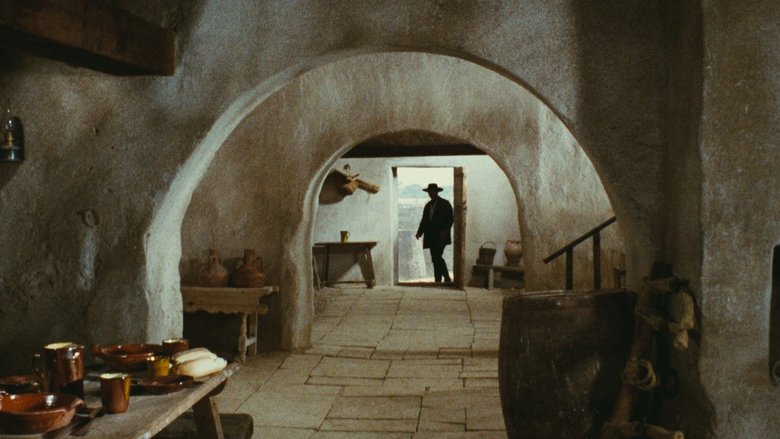top classic western movies from the golden era
Explore some of the most iconic western films that defined the genre during its golden era. These classics have set the standard for storytelling, characters, and cinematic style in western cinema.



Western movies have long captivated audiences with their tales of rugged landscapes, moral dilemmas, and legendary outlaws. The era spanning the 1930s through the 1960s especially produced some of the most influential films that shaped the genre's identity. For instance, Sergio Leone's "The Good, the Bad and the Ugly" (1966) and its predecessors "A Fistful of Dollars" (1964) and "For a Few Dollars More" (1965) introduced the world to the Spaghetti Western style, blending gritty realism with operatic storytelling and memorable Ennio Morricone scores.
Meanwhile, classics like "High Noon" (1952) and "Shane" (1953) showcased the moral complexity and human drama that defined American Westerns. "The Magnificent Seven" (1960) brought a heroic ensemble cast to the forefront, inspired by Akira Kurosawa’s "Seven Samurai," illustrating the genre's global influence.
Other notable films such as "Once Upon a Time in the West" (1968) expanded the epic scope and visual grandeur of westerns, while "Butch Cassidy and the Sundance Kid" (1969) added a blend of humor and charisma with its charismatic leads. "The Wild Bunch" (1969) pushed boundaries with its intense violence and themes of changing times.
These films represent not just entertainment but cultural milestones that reflect the evolving American mythos and filmmaking innovation. Whether through iconic shootouts, unforgettable characters, or sweeping scores, these westerns continue to influence filmmakers and audiences alike.
14. Stagecoach (1939)
Often cited as the film that elevated the Western from pulp entertainment to a serious art form, John Ford's 'Stagecoach' is a foundational classic. It follows a group of disparate strangers traveling together on a stagecoach through dangerous Apache territory, each with their own secrets and motivations.
This film famously made John Wayne a major star, casting him as the Ringo Kid. Ford's use of Monument Valley for the backdrop set a precedent for Western visuals. The film's character-driven narrative, thrilling action sequences (especially the climactic chase), and exploration of societal prejudices within the confines of the stagecoach make it a timeless piece of cinema history.
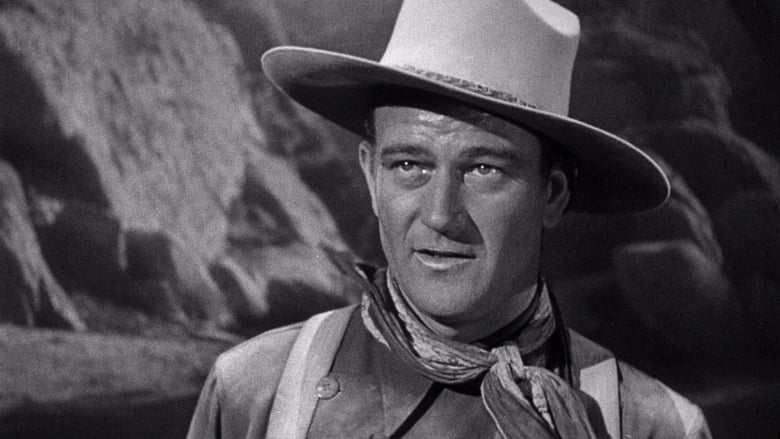
13. Django (1966)
An incredibly influential Spaghetti Western that introduced the character of Django, a mysterious drifter who drags a coffin behind him, containing a Gatling gun. Franco Nero stars as the titular character in this extremely violent and bleak film directed by Sergio Corbucci.
While not as polished as Leone's films, 'Django' had a raw, brutal energy that resonated, particularly in Europe. Its themes of revenge and its iconic imagery (the coffin, the mud-soaked town) inspired over thirty unofficial sequels and homages, solidifying Django's place as a major figure in the Spaghetti Western pantheon. Quentin Tarantino's 'Django Unchained' is a direct tribute.

12. True Grit (1969)
This classic Western is best known for earning John Wayne his only Academy Award for Best Actor, for his portrayal of the cantankerous, one-eyed U.S. Marshal Rooster Cogburn. The story follows young Mattie Ross (Kim Darby), who hires Cogburn to track down the outlaw who murdered her father, eventually joined by a Texas Ranger named LaBoeuf (Glen Campbell).
Wayne fully embodies the gruff, often drunk, but ultimately capable lawman. The film captures the spirit of Charles Portis's novel, focusing on the unlikely partnership and their journey through dangerous territory. It offers a compelling character study at the heart of a classic revenge plot.

11. Rio Bravo (1959)
Often seen as Howard Hawks' response to 'High Noon,' this film presents a different take on law and order in the West. Instead of a lone hero abandoned by his town, Sheriff John T. Chance (John Wayne) refuses help from anyone he doesn't trust, relying instead on a small group of deputies including a drunk (Dean Martin, in a widely praised dramatic turn), a young gunfighter (Ricky Nelson), and a crippled old man (Walter Brennan).
The film emphasizes professionalism, camaraderie, and holding the fort against overwhelming odds. It's a relaxed, character-driven Western with moments of humor and musical interludes, showcasing Hawks' signature style of focusing on competent professionals doing their job.

10. The Magnificent Seven (1960)
An American Western adaptation of Akira Kurosawa's masterpiece 'Seven Samurai,' this film brings the story of villagers hiring gunslingers for protection to a Mexican setting. It boasts an absolutely fantastic ensemble cast including Yul Brynner, Steve McQueen, Charles Bronson, James Coburn, Robert Vaughn, Brad Dexter, and Horst Buchholz.
Elmer Bernstein's rousing and instantly recognizable score is synonymous with the film's adventurous spirit. While different in tone from its Japanese source material, 'The Magnificent Seven' became a hugely popular and influential Western in its own right, spawning sequels and a recent remake.

9. Shane (1953)
George Stevens' beautifully shot film is a classic tale of a mysterious, skilled gunfighter who rides into a valley and defends homesteaders against a ruthless cattle baron and his hired gunslinger (Jack Palance in a chilling role). Alan Ladd is perfectly cast as the quiet, stoic hero, Shane.
The film is celebrated for its stunning cinematography (especially the scenes shot in the Grand Teton mountains) and its exploration of the conflict between settled civilization and the untamed frontier. The final scene, with young Joey calling after Shane, is one of the most iconic and poignant endings in cinema history, capturing the mythmaking aspect of the Western hero.
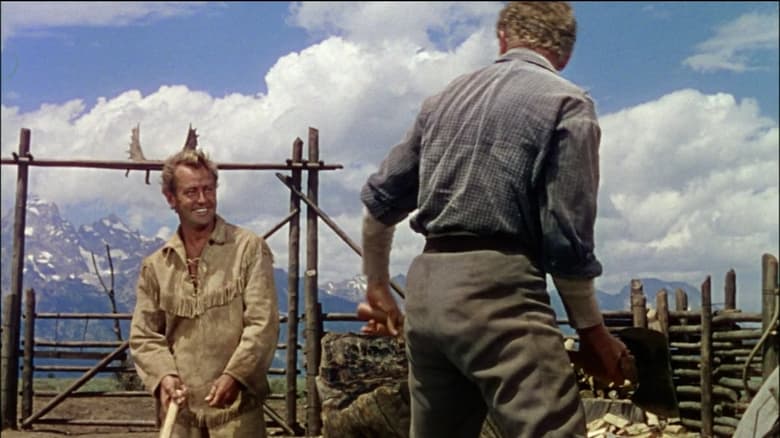
8. Butch Cassidy and the Sundance Kid (1969)
More of a buddy film set in the West than a traditional shoot-em-up, this movie charmed audiences with the incredible chemistry between Paul Newman as Butch Cassidy and Robert Redford as the Sundance Kid. It follows the real-life Hole-in-the-Wall Gang leaders as they flee across the country and eventually to Bolivia.
The film blended humor, adventure, and melancholy, featuring an anachronistic but charming score by Burt Bacharach, including the hit song 'Raindrops Keep Fallin' on My Head' accompanying a famous bicycle scene. It won four Academy Awards, including Best Picture nominee, and remains a beloved classic for its wit and character-driven story.

7. The Wild Bunch (1969)
Sam Peckinpah's controversial and influential film is a revisionist Western that depicts the decline of aging outlaws in a changing West. Known for its graphic, slow-motion violence, the film was shocking upon release but is now celebrated for its complex characters and thematic depth.
The ensemble cast, including William Holden, Ernest Borgnine, and Robert Ryan, portray men grappling with their code of honor in a world that no longer has a place for them. The film's editing, particularly during action sequences, was revolutionary. It's a gritty, melancholic look at loyalty, betrayal, and the end of an era.
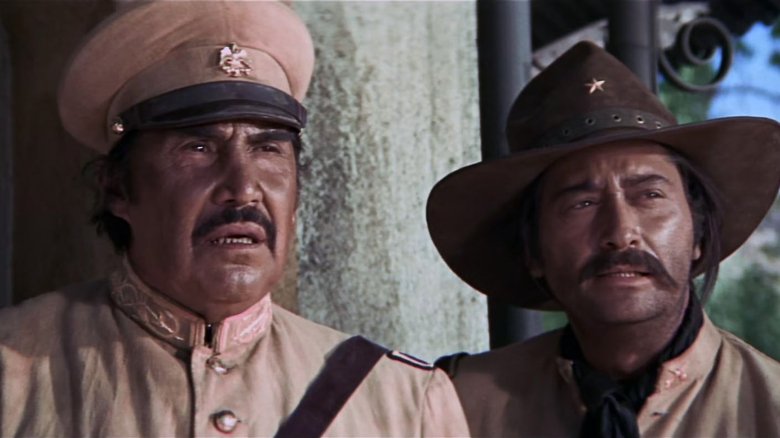
6. A Fistful of Dollars (1964)
This is the film that launched the Spaghetti Western genre and made Clint Eastwood an international star. Sergio Leone's stylish and gritty take on the Western was an unauthorized remake of Akira Kurosawa's samurai film 'Yojimbo,' leading to a lawsuit. Eastwood's portrayal of the nameless, morally ambiguous anti-hero immediately captivated audiences.
Morricone's innovative score, incorporating whip cracks, gunshots, and electric guitars, was unlike anything heard in Westerns before. The film's low budget forced creative solutions, like Eastwood's simple poncho costume, which became iconic. It was a game-changer that injected new life and a darker edge into the Western.
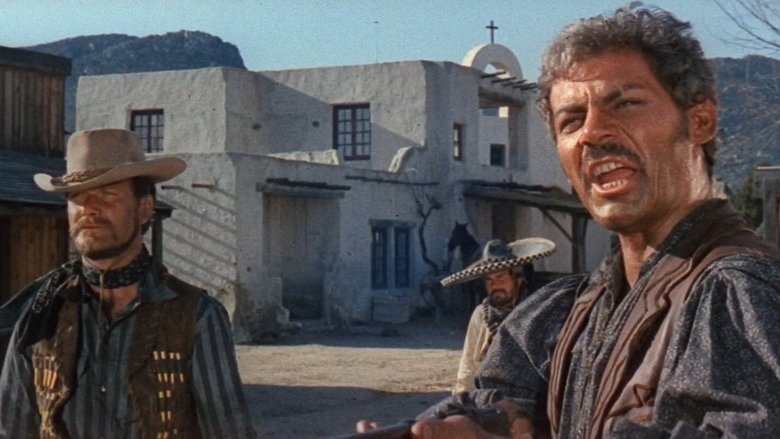
5. For a Few Dollars More (1965)
The second film in Sergio Leone's 'Dollars Trilogy' sees Clint Eastwood's 'Man with No Name' team up (uneasily) with Colonel Douglas Mortimer, a dignified bounty hunter played by the superb Lee Van Cleef. Their dynamic, built on mutual respect and rivalry, is a highlight.
Ennio Morricone's score continues to define the atmosphere, with specific musical cues introducing characters or signaling key moments. The film features intricate plotlines involving bank robbers and a charismatic villain, Indio (Gian Maria Volonté), known for his musical pocket watch. It expanded on the style established in 'A Fistful of Dollars' and solidified Leone's reputation.
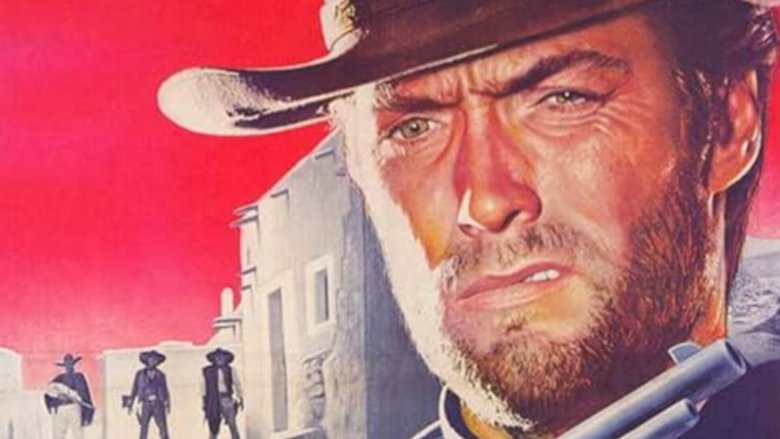
4. High Noon (1952)
A tense and allegorical Western that unfolds in near real-time, 'High Noon' stands out for its unique structure and thematic depth. Gary Cooper won an Academy Award for his portrayal of Marshal Will Kane, a lawman abandoned by his town as he prepares to face a vengeful outlaw at noon. The film's use of ticking clocks and constant reminders of the approaching hour builds almost unbearable suspense.
Often interpreted as a commentary on McCarthyism and the courage to stand alone against injustice, the film sparked debate among contemporaries. The iconic theme song, 'Do Not Forsake Me, Oh My Darlin',' performed by Tex Ritter, became a major hit and was integrated into the film's narrative structure.
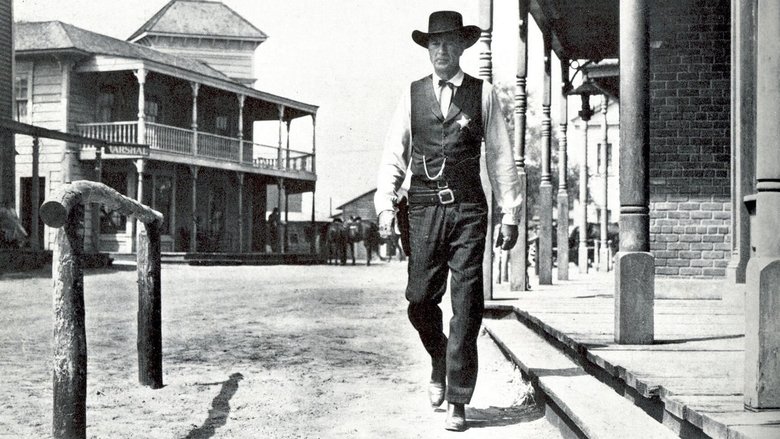
3. The Searchers (1956)
John Ford's complex and visually stunning film is a cornerstone of the Western genre and a major influence on countless directors, including Steven Spielberg and George Lucas (who famously echoed its final shot in Star Wars). John Wayne delivers one of his most nuanced and controversial performances as Ethan Edwards, a Civil War veteran driven by a obsessive quest to find his niece, who was abducted by Comanches.
Shot in the breathtaking landscapes of Monument Valley, the cinematography is simply unparalleled. The film explores themes of racism, obsession, and the dark side of heroism in a way that was groundbreaking for its time and remains powerfully relevant today. It's a must-watch for understanding the evolution of the Western.

2. Once Upon a Time in the West (1968)
Sergio Leone's follow-up to the 'Dollars Trilogy' is an elegiac, grand-scale epic that serves as both a celebration and a deconstruction of the classic Western myths. Featuring Henry Fonda cast against type as a chilling villain, alongside Charles Bronson, Claudia Cardinale, and Jason Robards, the film boasts an incredible ensemble.
Morricone's score is deeply integrated into the narrative, with specific character leitmotifs often heard before the characters even appear on screen. The film's legendary opening scene, featuring a lengthy, dialogue-free wait at a train station, is a masterclass in building tension and atmospheric storytelling. It's a film that feels like a cinematic poem about the end of the Old West.

1. The Good, the Bad and the Ugly (1966)
Considered by many to be the ultimate Spaghetti Western, Sergio Leone's epic conclusion to the 'Dollars Trilogy' is a masterpiece of style and scope. Ennio Morricone's iconic, genre-defining score is practically a character in itself, with distinctive musical themes for each of the three main protagonists. Clint Eastwood solidified his 'Man with No Name' persona, alongside the equally compelling performances of Lee Van Cleef and Eli Wallach.
The film's sweeping landscapes, extreme close-ups, and deliberately paced showdowns create a unique visual language that redefined the Western genre. Its influence is undeniable, from Quentin Tarantino's work to countless other films and media. It's not just a Western; it's a cinematic event.
